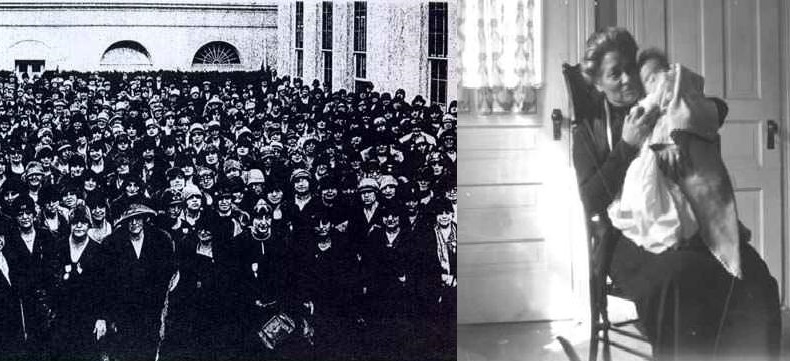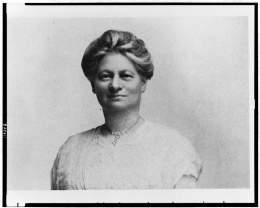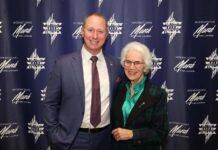Hannah Greenebaum was of a well-to-do family deeply involved in local Jewish affairs. In 1877 she and a sister became the first Jewish members of the recently formed Chicago Woman’s Club. She married Henry Solomon in 1879, and family cares kept her from involvement in public affairs for several years; but in 1890 she was named to a committee of women charged with organizing a World’s Parliament of Religions to be held in conjunction with the World’s Columbian Exposition. As an adjunct to the parliament she planned a Jewish Women’s Congress, which became in 1893 the first such general convention of American Jewish women ever to be held. The congress established the permanent National Council of Jewish Women, of which Solomon was elected first president, a post she held until 1905. She served thereafter as honorary president for life.

In 1896 Solomon helped organize the Illinois Federation of Women’s Clubs and also conducted a statistical survey of the schools and other public agencies available in the rapidly growing Jewish immigrant district of Chicago. The next year she founded the Bureau of Personal Service to provide guidance to new immigrants. She headed the bureau until it was absorbed by the Associated Jewish Charities of Chicago in 1910. In 1899 she was elected treasurer of the National Council of Women, and with Susan B. Anthony and May Wright Sewall she represented the council at the International Council of Women meeting in Berlin in 1904. She worked closely with Jane Addams and other Chicago welfare workers on matters relating to child welfare.
 In 1905 Solomon became interested in the Illinois Industrial School for Girls, and under her leadership the school was rehabilitated. In 1910 she helped found the Women’s City Club of Chicago, and during World War I she directed the Chicago work of the Illinois Council of Defense. She largely retired from public service in the early 1920s. A collection of her articles and speeches was published as A Sheaf of Leaves (1911), and Fabric of My Life (1946), her autobiography, appeared posthumously.
In 1905 Solomon became interested in the Illinois Industrial School for Girls, and under her leadership the school was rehabilitated. In 1910 she helped found the Women’s City Club of Chicago, and during World War I she directed the Chicago work of the Illinois Council of Defense. She largely retired from public service in the early 1920s. A collection of her articles and speeches was published as A Sheaf of Leaves (1911), and Fabric of My Life (1946), her autobiography, appeared posthumously.
























